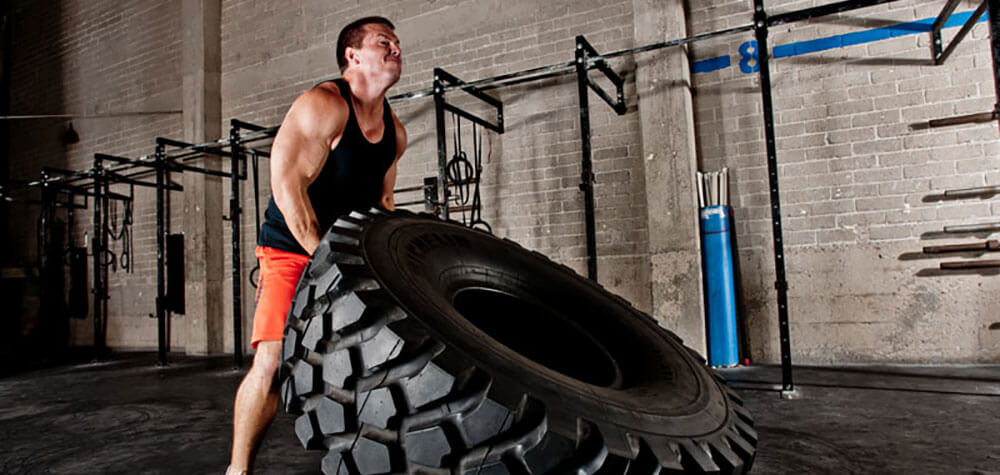The quest for the whitest and brightest smile has deep historical roots.
History of white smiles
The ancient Egyptians used ground pumice stone mixed with vinegar to try and keep their teeth as white as possible. The Romans thought the ammonia found in human urine would do the trick (luckily, they were wrong). At the dawn of modern cosmetic oral practices, Europeans would file down teeth and coat them with acid to burn off any yellowing. This last method whitened teeth well enough in the short term. It also led to the rapid deterioration of enamel, which would usually result in tooth decay.
Then came the fluoride revolution of the late 1800s. Fluoride had proven to be an excellent protector against cavities. Many kinds of toothpaste advertised fluoride as a key ingredient. Eventually, many societies would even consider putting fluoride directly into public drinking water. And while today, many people still accept fluoride as a good source of anti-cavity dental care, there’s always one lingering problem: Fluoride contributes to staining, from giving your teeth a white-streaky effect to even grey or brown spots.
The problem with bleach
Today, thankfully, we have an incredible option of teeth whitening solutions. The most popular one being a form of bleaching, using either carbamide peroxide or hydrogen peroxide. Except this solution has its own set of problems. Bleach-based teeth whitening can make your teeth extremely sensitive to hot or cold temperatures. They can also contribute to the slow eroding of enamel, eventually leaving your teeth slightly translucent.
More importantly, teeth whitening just does not work sometimes. This is particularly the case if you have any teeth with structural damage (like a chip), to which the bleach won’t properly bond and do its work.
The porcelain solution
Where bleaching fails, porcelain veneers succeed. Porcelain veneers are like extremely thin white shells that fit directly over the teeth. They can easily cover up a chip to create a smooth white surface.
And when it comes to severe tooth stains, say from coffee or smoking, porcelain veneers are more effective at total cover-up than whitening can ever be. Being made from porcelain, these veneers are incredibly white to begin with, and will remain that way for over ten years at a time. They are stain-resistant and very easy to clean.
All about porcelain veneers
While many dental clinics offer standard teeth whitening, fewer offer both teeth whitening as well as porcelain veneers solutions. This Keswick dentist, for example, offers both options to their customers. Such cosmetic dental specialists work closely with lab technicians to make these high-end porcelain teeth are of the highest quality.
The procedure for porcelain veneers is a bit lengthy. Impressions are made of your teeth to determine the shape of the veneers. After a period of time (which could last a few weeks), the veneers are ready, and the dental specialists cap them onto each tooth using a bonding agent like cement (not unlike braces).
And the cost? Well, veneers are more expensive than basic teeth whitening. But that’s just the upfront dollar amount. When you consider how long-lasting and durable veneers are in contrast to bleaching, you see the real value in investing in porcelain.
Conclusion
So if you’ve got overly sensitive chiclets, or that one chipped tooth just mars your smile every time you look in the mirror, consider porcelain veneers as your best bet toward a more permanent whiter smile.










